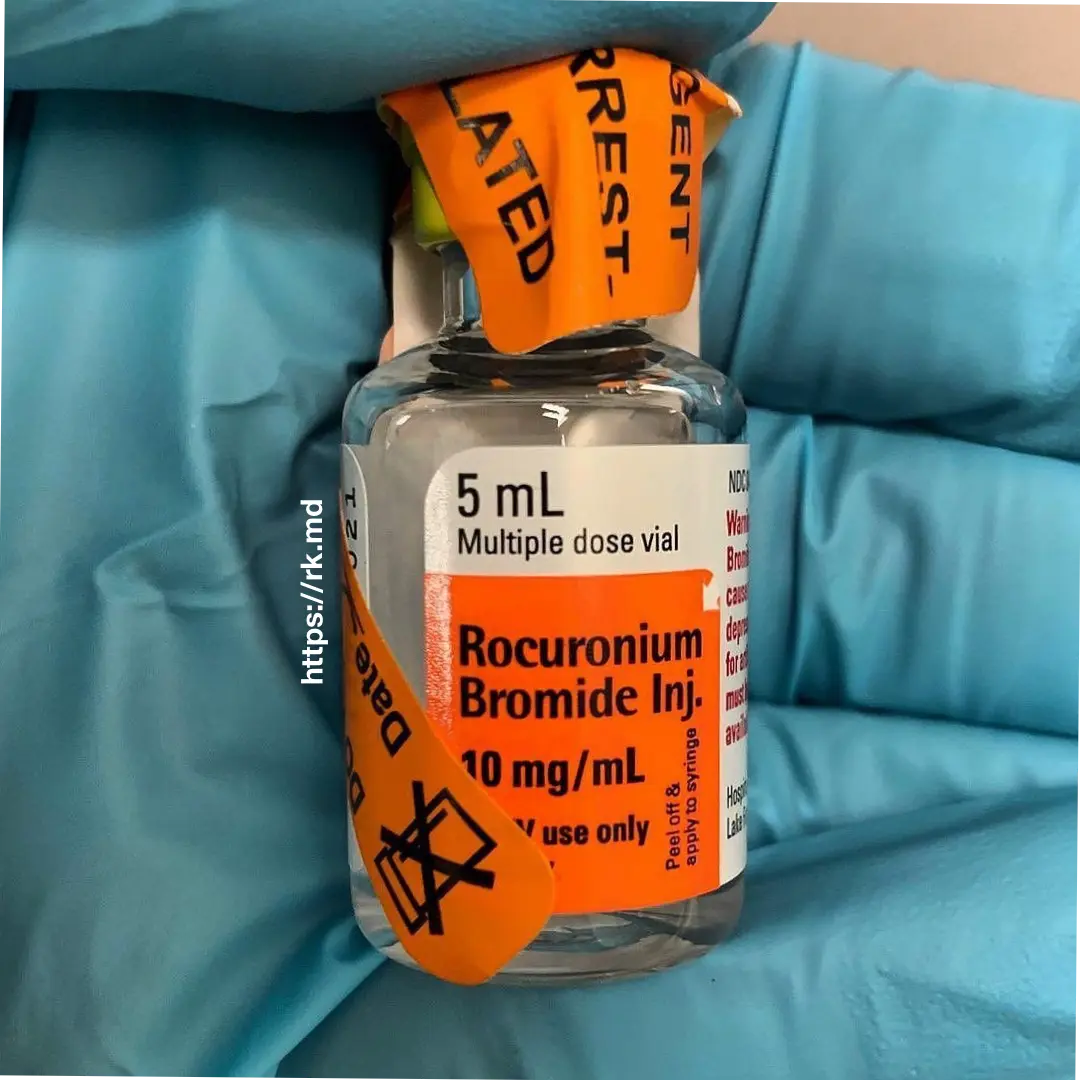Rocuronium is an aminosteroid nondepolarizing neuromuscular junction blocker (NMJB) I routinely use to facilitate tracheal intubation. The name rocuronium comes from the fact that it’s a rapid onset -curonium (referring to its steroid structure). With a “rapid sequence” dose (usually 1.2 mg/kg), it has an onset almost as fast as succinylcholine without the risks of malignant hyperthermia or significant hyperkalemia in the context of various denervation injuries.
Like all nondepolarizing NMJBs, rocuronium works at the level of the neuromuscular end plate’s nicotinic acetylcholine receptors as a competitive antagonist. As such, its effects can be overcome by increasing the “normal” substrate – acetylcholine. This is the rationale behind using reversal meds like neostigmine or edrophonium which prevent the degradation of acetylcholine.
In 2015, the FDA approved the cyclodextrin drug sugammadex as a selective relaxant binding agent to reverse the effects of rocuronium and vecuronium. This alternative means of reversing paralysis is, in my opinion, much cleaner than the more traditional combination of neostigmine with glycopyrrolate; however, in obese patients with more profound residual paralysis, sugammadex is often more expensive.
As always, drop me a comment below with questions! 🙂






